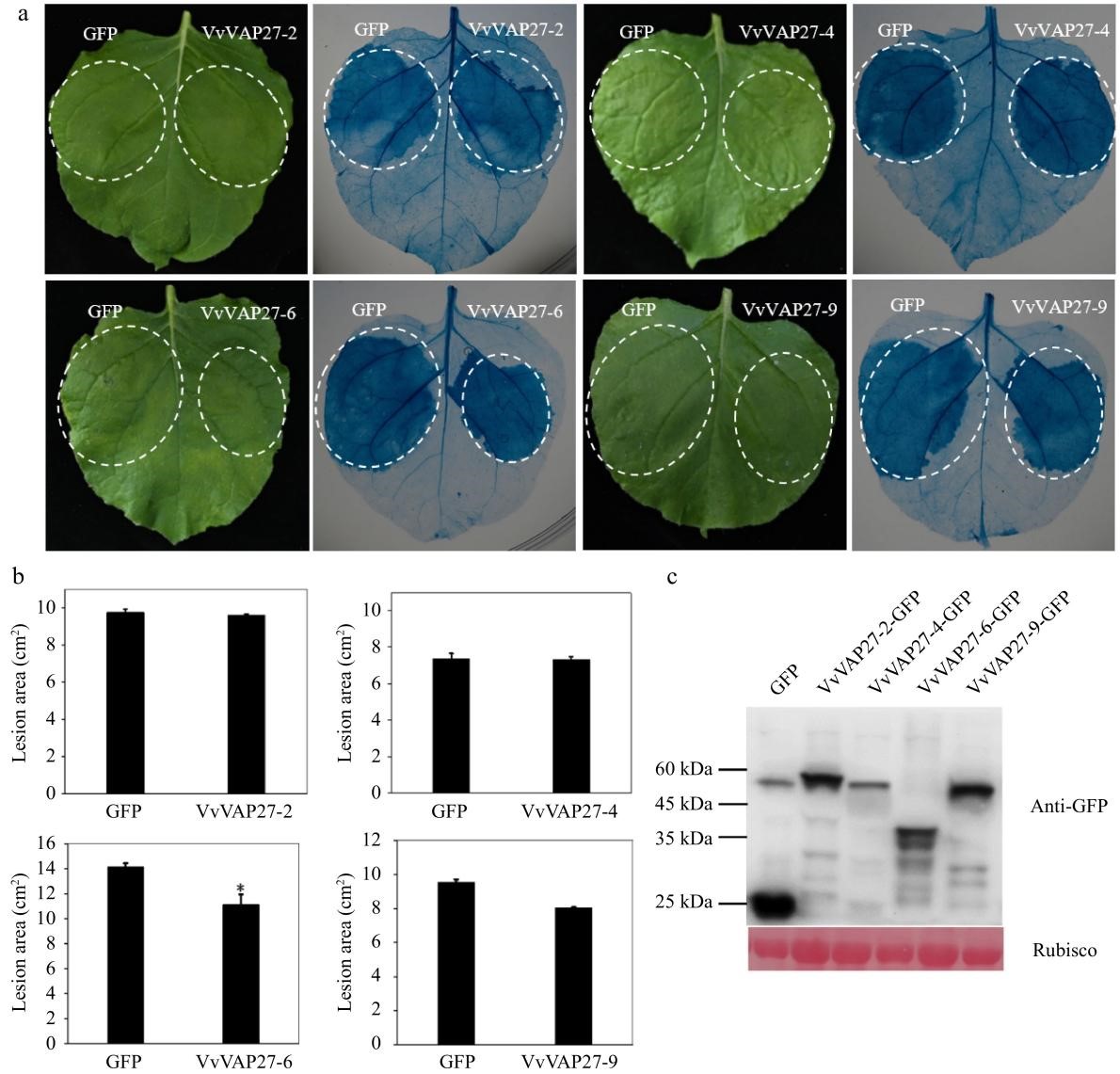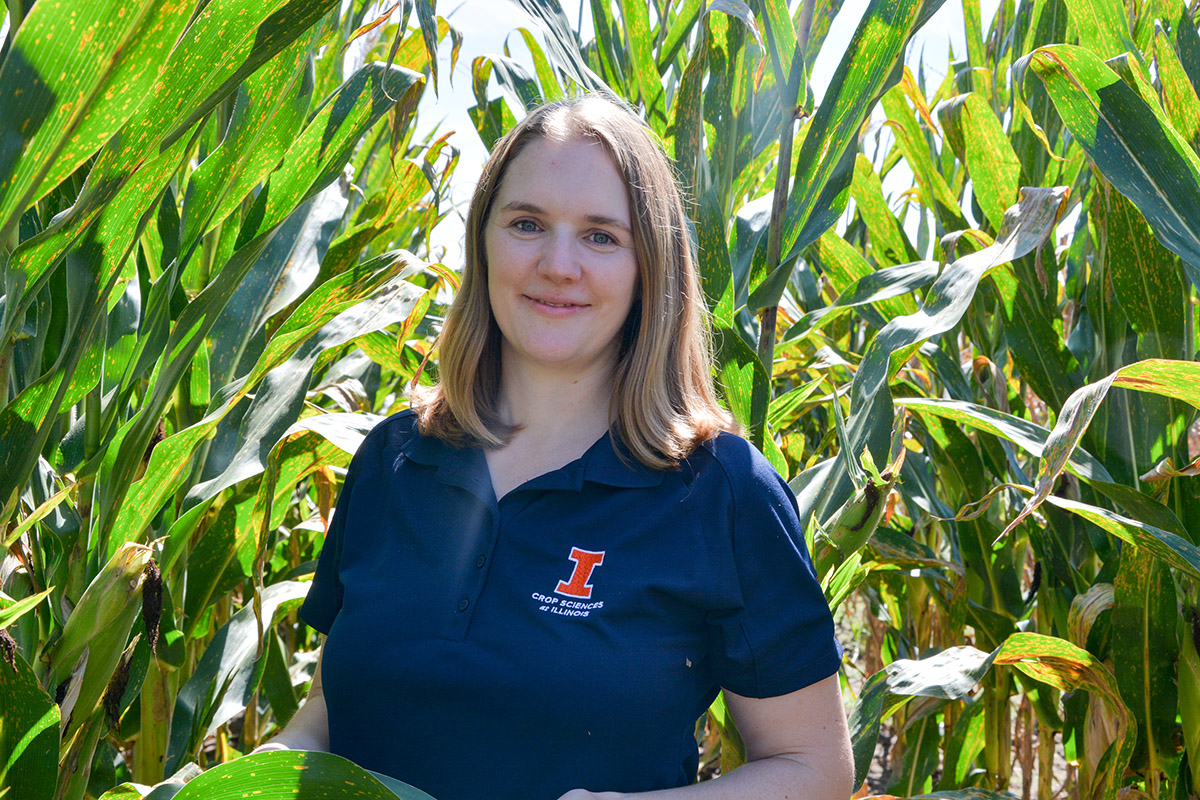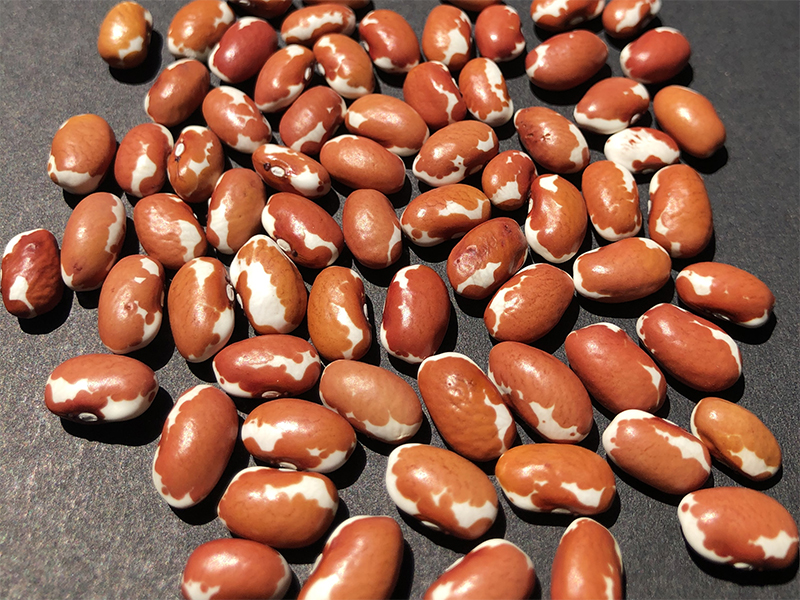A research team has successfully sequenced and assembled the genomes of all four Macadamia species, marking a significant advance in crop improvement efforts for this commercially valuable nut.

news, journals and articles from all over the world.

A research team has successfully sequenced and assembled the genomes of all four Macadamia species, marking a significant advance in crop improvement efforts for this commercially valuable nut.
FAU has received a five-year NIH grant to further research on designing and applying statistical methods to identify regions of the genome affected by natural selection, which is an important evolutionary force that enables humans to adapt to new environments and fight disease-causing pathogens.
A cutting-edge study reveals the biochemical defense system of the wild lily, Lilium regale, which demonstrates remarkable resistance against Fusarium wilt—a major threat to the floriculture industry. The research uncovers the lily’s robust defense mechanisms, spotlighting the critical role of phenylpropanoid metabolism and the regulatory influence of specific transcription factors. These findings offer valuable insights for developing crops with enhanced disease resistance.

A research team identified 12 vesicle-associated protein-membrane protein (VAP27) genes in the grapevine genome by bioinformatics, revealing their diverse subcellular localizations and roles in disease resistance.
Scientists have discovered evolutionarily conserved trans-lncRNA pairs that boost disease resistance in tea plants. These pairs, including the 12-oxophytodienoate reductase gene, interact with the jasmonic acid signaling pathway to enhance the plant’s defenses against pathogens.

Chrysanthemum, celebrated for its ornamental, medicinal, and beverage value, faces significant threats from bacterial and fungal infections, particularly black spot disease caused by Alternaria alternate, which leads to severe economic losses.

In a changing climate, corn growers need to be ready for anything, including new and shifting disease dynamics. Because it’s impossible to predict which damaging disease will pop up in a given year, corn with resistance to multiple diseases would be a huge win for growers.

The USDA National Institute of Food and Agriculture has awarded researchers led by IU’s Roger Innes an over $1.2 million grant to generate wheat and barley lines with enhanced resistance to Fusarium Head Blight.
Disease resistance, biostimulants, phytonutrients and using microalgae among topics
The wild relatives of modern peanut plants have the ability to withstand disease in ways that peanut plants can’t. The genetic diversity of these wild relatives means that they can shrug off the diseases that kill farmers’ peanut crops, but they also produce tiny nuts that are difficult to harvest because they burrow deep in the soil.
Twenty-year process involved evaluating malting barley germplasm strains, breeding efforts

New dry beans from UC Davis combine desirable qualities for both farmers and consumers